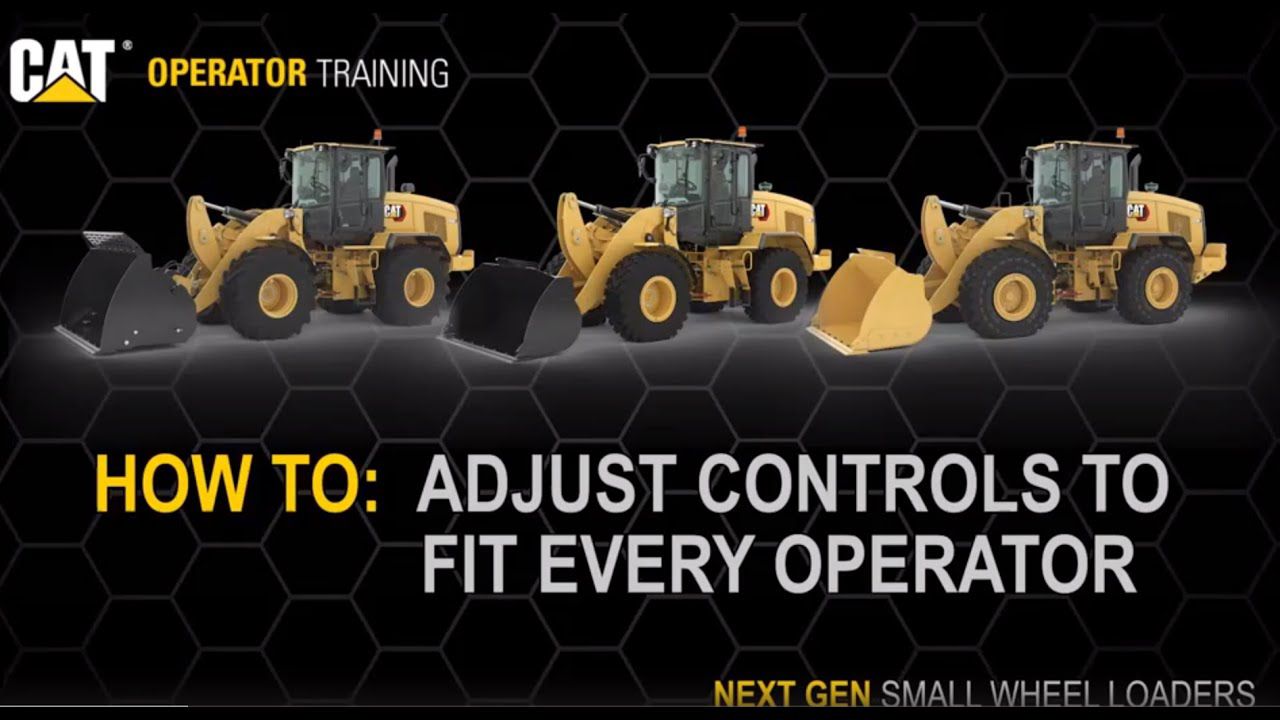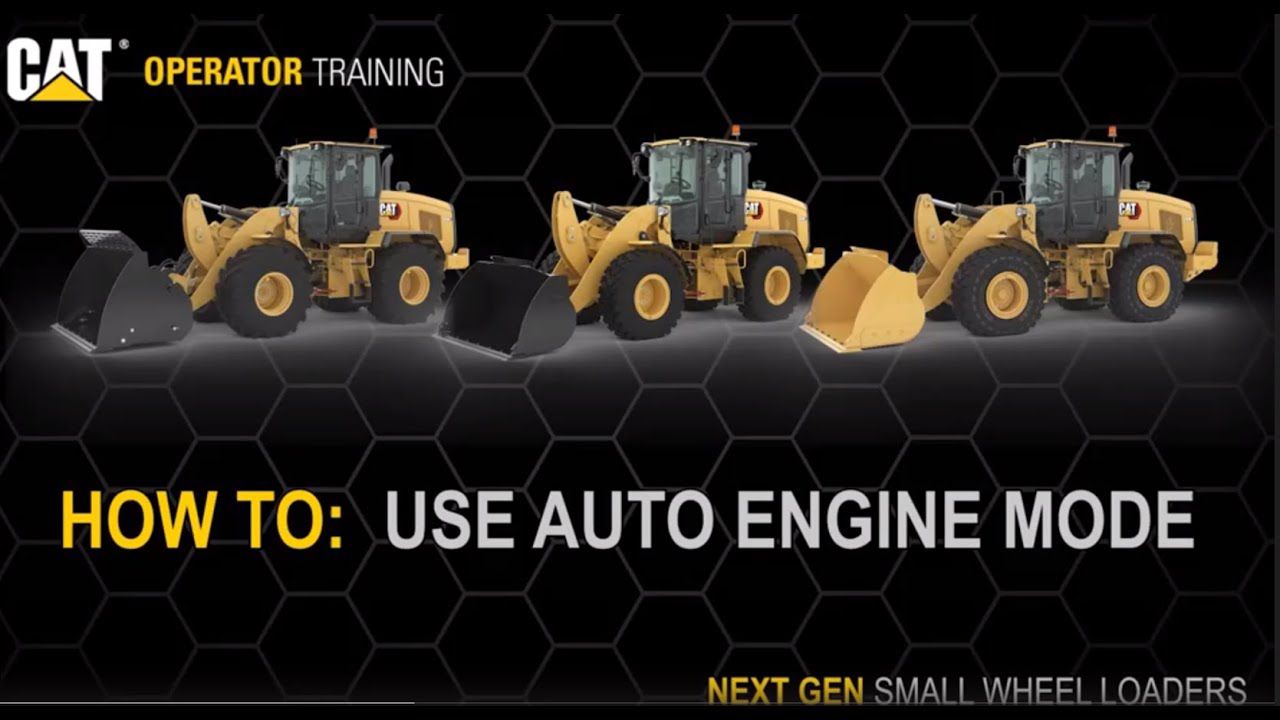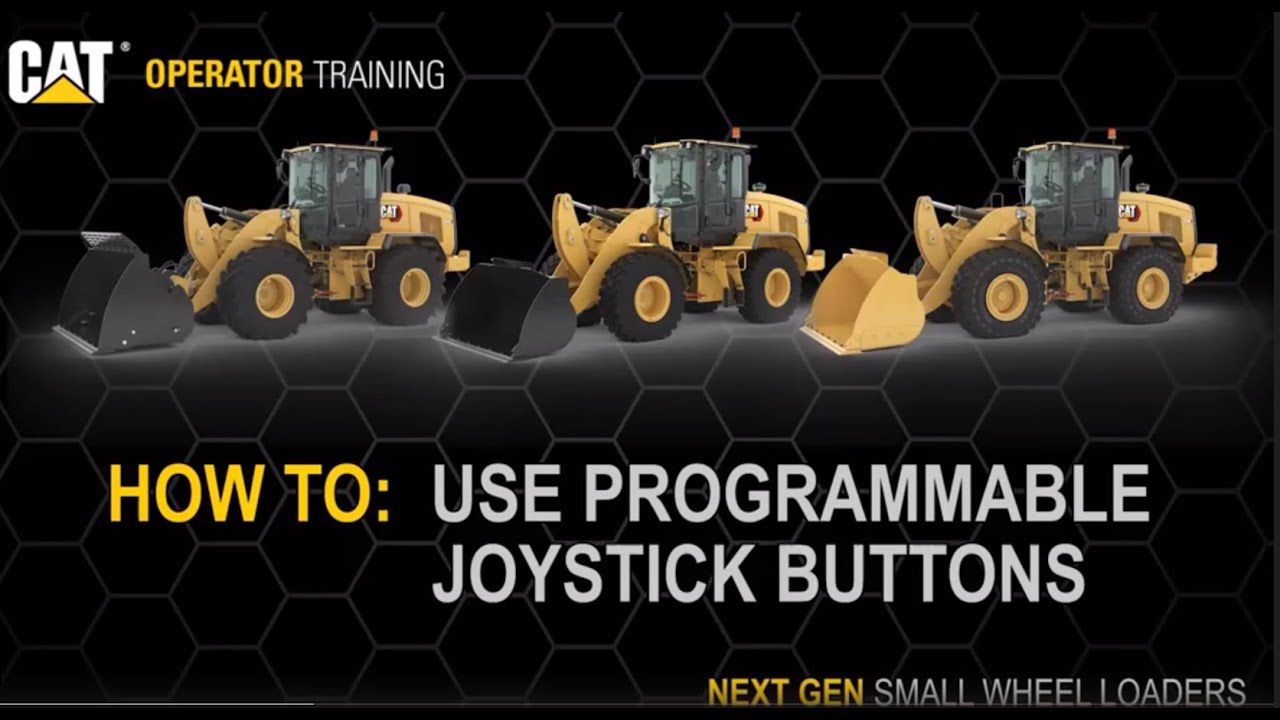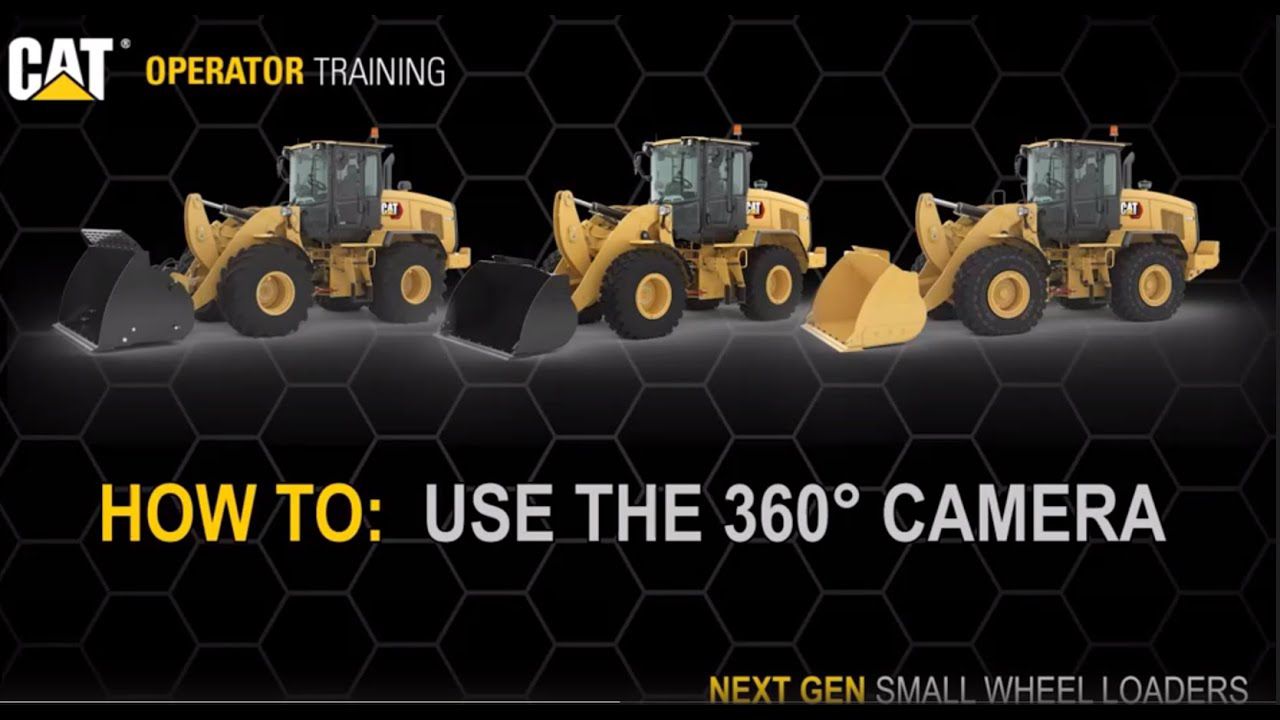STEP 1: MATCH UP YOUR MACHINE
Make sure that your wheel loader is properly matched up in size with other equipment, such as hoppers or dump trucks, that it will be working with. Generally speaking, the production required of a wheel loader should be slightly greater than the production capability of the other critical units in the earth or material moving system. For example, if a hopper can handle 300 tons per hour (272 metric tons), then your loader should be capable of moving slightly more than 300 tons per hour (272 metric tons).
You can use these six simple steps to make sure your machine is properly matched up to your application:
Determine production required or desired.
Determine loader cycle time and cycles per hour. Remember that machine size must be assumed to select a basic cycle time.
Determine required payload per cycle in loose cubic yards and pounds (meters and kilograms).
Determine bucket size needed.
Make machine selection using bucket size and payload as criteria to meet production requirements.
Compare the loader cycle time used in calculations to the cycle time of the machine selected. If there is a difference, rework the process beginning at the second step above.





